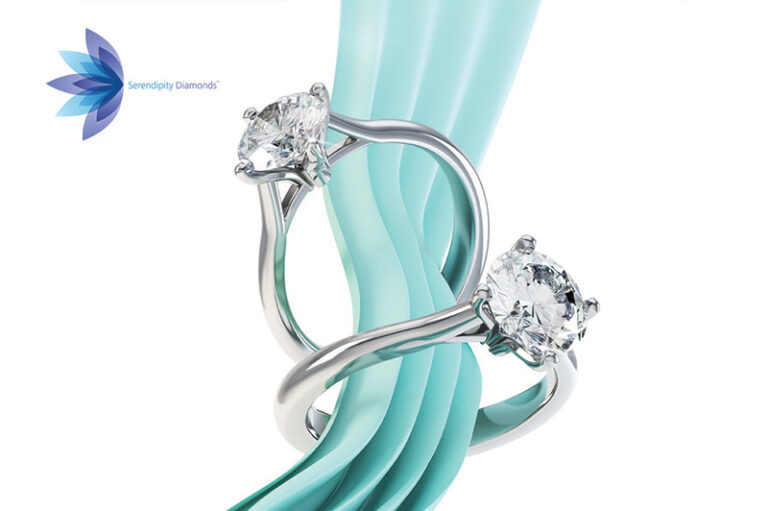
Can you imagine spending day after day sitting with a needle and making teeny tiny stitches that are like drops in a fabric ocean? Embroidering things by hand is more likely to be a grandmother’s pastime in winter months than a viable hobby for a busy modern person, and for good reason. But believe it or not, every single patch used to be embroidered manually, before super-fast and precise machines became commonplace and made tailors’ lives a ton easier.
To learn more about how these versatile accessories are actually made nowadays, take a look at this page: https://edutechwiki.unige.ch/en/Embroidery_patch
Even if they may appear silly or as just a passing fad, embroidered patches, both iron on and other varieties, actually have a fair bit of history behind them, much of which was more tumultuous than you would think. These fabric badges were at the forefront of more than one social uproar before they made it onto the high runways. Here is an overview of their history and defining moments.
The 70s: peacefully patching up the world

The things that the hippies were best known for would likely be the wild shaggy hair, flowery headbands, impossibly colorful vehicles, and innumerable peace signs everywhere. Theirs was the counterculture that pretty much defined the seventies forever, even though they actually began sprouting (friendly pun intended) in the mid-sixties. The initial hippies were a group of people who, basically, protested the very notion of protest. To learn more about hippie history and how they came about, you can visit this link. Conflict had no place in their vocabulary; instead their weapons were love, empathy, nature, flowers, and – yes, patches.
Since they made a point of living in harmony with nature, many hippies abandoned the prevalent middle class society and went off to form their own communities, and in those conditions fashion is bound to be more shabby than chic. Tailored sharp suits and prim ladies’ gowns were replaced with tattered jeans, oversized shirts, military surplus clothes, handmade garments, and all sorts of second-hands and hand-me-downs.
Clothing patches were a natural extension of the hippie lifestyle, since repairing one’s own clothes was always preferable to going on a shopping spree, and before long, patches evolved beyond the strictly practical into the world of vivid embellishment. They, of course, reflected the philosophy of those who wore them, and so the fashion world received some of its staple patch designs: rainbows, various floral motifs, smiley faces, slogans about love and freedom, and the omnipresent peace sign, all in vibrant colors that stood out as much as the hippies themselves.
The 80s: angry hands will make rough stitches

In the late seventies and through the early eighties, especially in the United States, the alternative cultures experienced a dramatic change and took a turn for the darker, developing a kind of in-your-face spiteful attitude that would eventually crystallize into the punk subculture and movement.
People, and young people ion particular, have come to realize that the things that were bothering them would not be made to go away with peace, love, flowers, and mutual respect. People were becoming angry, and their fashion choices were growing to reflect that. Far from the colorful flowers and cheery rainbows, the clothing and accessories industry was turning to worn out leather, torn up denim, spikes, dark colors, and chains, and the hair trends were not far behind either.
Naturally, patches followed suit and completely turned around. They turned into irregularly shaped pieces of cloth that showcased names of favorite brands, or logos of vehicle and musical instruments companies.
Another emerging trend were the shoulder patches and back patches, which quickly grew to great sizes in order to accommodate various political or ideological slogans, personal mottos, lyrics, and various other bold and even controversial statements of group identity.
Most noticeably, however, it was the preferred method of application that changed in this period. Some of these ideas are still around in the modern ways of styling the patches, and you can get an idea about that at this web page. Although ironing patches onto clothes was still a common way to go, new practices emerged to fit the spirit of the time. Rather than being neatly stuck these new patches were either stitched on rather roughly, or simply fastened with safety pins.
This particular time gave rise to some major fashion names as well, such as in the United Kingdom, where the wave of anarchy spawned the distinct British punk branch. The one waving the banner of this anti-fashion phenomenon was none other than Vivien Westwood.
The threads we all follow in modern day

Some people out there may argue that today’s fashion has taken an intense turn for the ridiculous and nonsensical, and that mainstream fashion choices in particular have become either way too bland or way too provocative. There may even be some truth in that. Embroidered patches, however, are still around, and still carry that connotation of counterculture solidarity, expressing your identity and tactfully stating your beliefs on a topic.
After sticking through several wars and being constantly worn at the forefront of various struggles regarding social issues and cultural causes, we can safely say that nowadays embroidered iron on patches have coalesced into a peculiar amalgam of everything they signified over time.
They have been brought to the point where they no longer need one particular associated cause in order to be considered relevant. They have been revived on the major mainstream runways, many people are discovering them as little pearls of vintage couture, and new fans keep streaming into the trend flow on a daily basis.
Patched pieces even found their way into cult fashion houses, such as the ones in the 2016 pre-fall line introduced by Gucci. Interestingly, Alessandro Michele, the brand’s creative director at the time, said that “[people’s] identity should be found in the streets”: and so the history of patches has come full circle.





